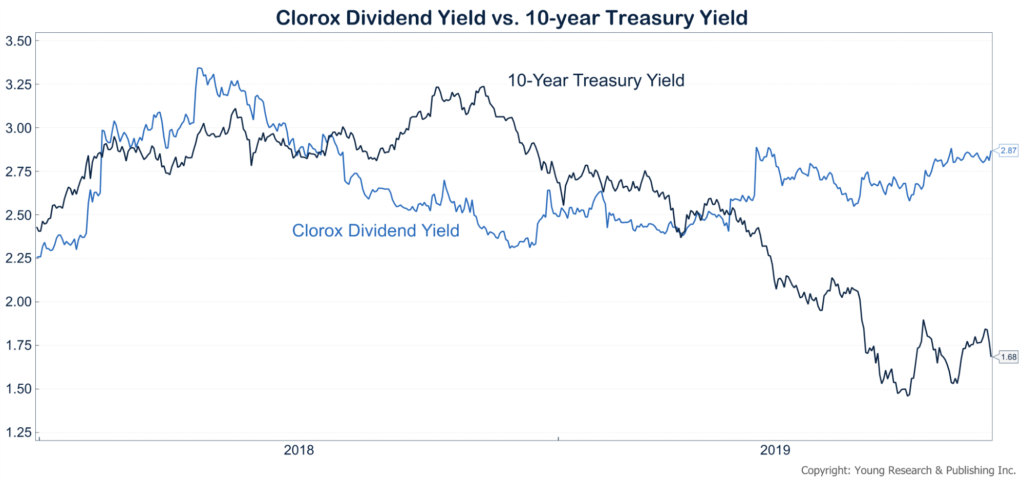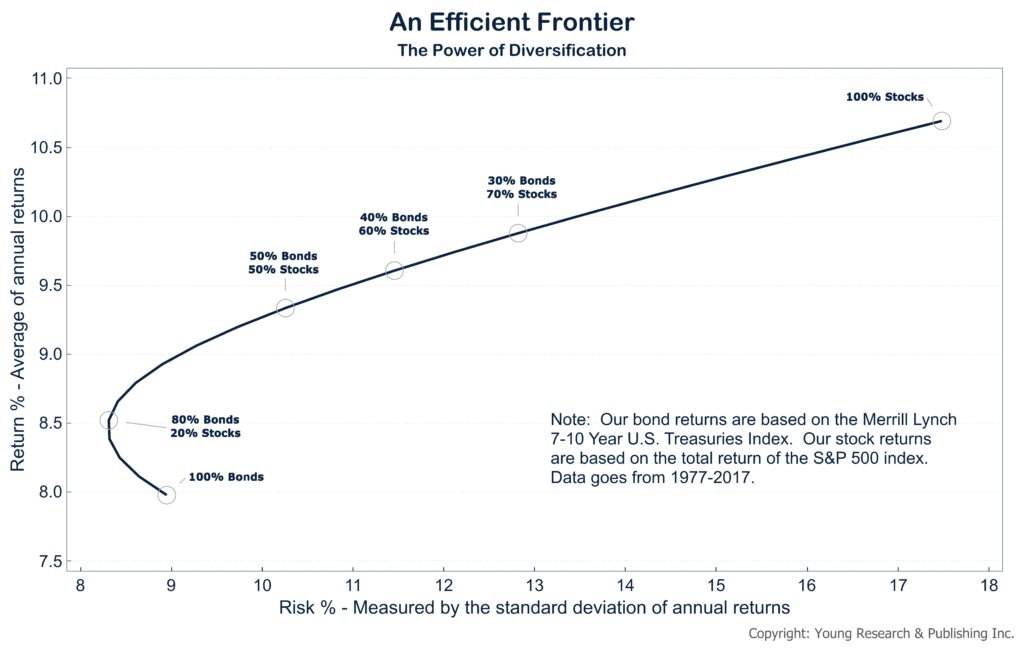Election years have historically been good to stock market investors. It is now one year away from Election 2020, and market participants are hanging on every word from the candidates. Here’s what I wrote about election year markets back in November 1991:
Remember Tom Mix?
All the great old black and white Western movies of the 1950s, like Tom Mix, featured patented three-part bank robberies that went something like this:
Scene 1: The bank is robbed. Bad guys ride out in a cloud of dust and the chase is on. Scene 2: Bad guys split—one-half to an arroyo or cottonwood grove; one-half to a box canyon. The posse rides by and misses them. Scene 3: After a short and quite harmless wait, the gang unites and rides off in the opposite direction the posse has taken, finally ending up at the shack (how often did movie makers of the 1950s use that same old shack?), where the strong box is shot open and the loot split among the gang.
Those black and white westerns were a lot of fun even though the three-part bank robberies didn’t change much from one show to the next. Maybe it was the repetition that made us so comfortable with Tom Mix, The Lone Ranger and the like.
THE INVESTMENT CYCLE GOES THROUGH THREE STAGES
I want you to look at investing in a similar three-part fashion. There is considerable similarity, in fact, between the old posse-chases-the-gang and the investor-chases-profits in the financial markets. Let me show you how to position yourself in the three-part investor drama that goes like this:
Scene 1: The chase is on. Stocks and fixed-income investments offer bargains when yields are high, P/Es are low, interest rates are high and beginning to decline, inflation is on the wane and a recession is at its nadir. The marketplace begins to react to lower interest rates, lower inflation and the first signs of business recovery—and bonds and stocks advance sharply in price. …
Scene 2: The temporary hideout stage is now in place. Investors are clearly nervous and have pulled off the path to wait. And there is reason for nervousness. CD rates and money fund rates have collapsed. The yield on the Dow—it has never ended any calendar year in history below 2.95%—is only 3%. Little looks enticing in the investment markets. Fine—that’s exactly how stage two always looks. It is the old where-do-I-go-now? quandary. The answer is not difficult. Just ask yourself what that old gang would have done in Tom Mix’s Westerns. You take a break and rest up for the sharing of the spoils that will come your way in stage three of the investment cycle. You let the posse ride by.
President Bush Holds One of the Four Keys to Future Profits
Scene 3: But can you count on a scene 3 to pull you through? Where’s the shack, and who’ll shoot the lock off the strong box for you? Sure you can count on scene 3. You see, President Bush has an election year coming up. What do we know about election years? That incumbent politicians want to be voted back for another term in office.
We know that for sure. And what do voters hate most when heading out to vote? Crowding their way through long lines of the unemployed. And those in the unemployment lines like queuing up for the dole even less than they like voting for the incumbent. George Bush knows all about election year politics, as does Federal Reserve monetary maven Alan Greenspan. What’s the tonic? Why, lower interest rates.
Since the election of 1952, the average S&P 500 performance in an election year (the 12 months from November in the preceding year to November in the election year) has been 8.2%.
You can’t always depend on an election year though. In that time, there were three election years in which the S&P 500 fell in value. Those were 1960, 2000, and 2008. You’ll notice quickly though that none of these elections had an incumbent president running. The incumbents, Eisenhower, Clinton, and Bush, were all finishing their second terms. You may also notice that in each of these three years when the stock market lost value in an election year, the opposition party candidate won the election.
Despite the historic strength of election year markets, you should maintain vigilance in your investment portfolio. Avoid unnecessary risks and focus on income and compound interest. If you need help focusing on what’s important in investing, sign up for the client letter from my family run investment counsel firm, Richard C. Young & Co., Ltd. You can sign up by clicking here. The letter is free, even for non-clients.

